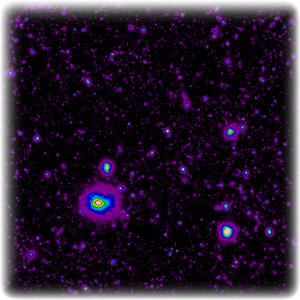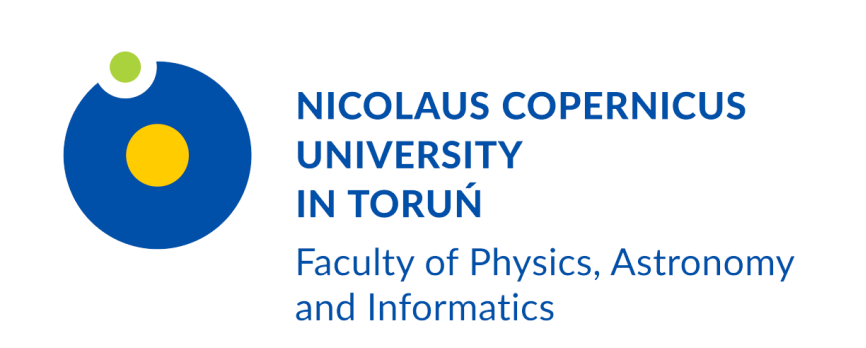 Observational cosmology combines the use of telescopes to observe the Universe (galaxies, clusters of galaxies, the cosmic web, the cosmic microwave background) on length scales ranging from megaparsecs to about twenty gigaparsecs, and the use of numerical and analytical theoretical tools to understand these observations within the context of Einstein’s relativistic model of spacetime. The Institute of Astronomy cosmology group is involved in this fundamental research in several ways.
Observational cosmology combines the use of telescopes to observe the Universe (galaxies, clusters of galaxies, the cosmic web, the cosmic microwave background) on length scales ranging from megaparsecs to about twenty gigaparsecs, and the use of numerical and analytical theoretical tools to understand these observations within the context of Einstein’s relativistic model of spacetime. The Institute of Astronomy cosmology group is involved in this fundamental research in several ways.
The ΛCDM model of the Universe is based on a very simple use of Einstein’s relativity to interpret observations. Achieving a more realistic understanding of the Universe will require more careful use of relativistic models of spacetime. One question is whether space is multiply connected, a bit like some video games that allow smooth passage through the left/right or top/bottom boundaries of the screen. This is the topic of the shape of the Universe which our group has been studying for many years. Observing and modelling the content of the Universe, the early-epoch fluctuations, which later on form filaments and clusters of galaxies, is another of our major interests, with many puzzles and challenges remaining to be solved.
We are also working on a relativistic approach to cosmology that aims to be more realistic than the standard simplified model. This is loosely called the topic of cosmological backreaction. The standard approach to using Einstein’s equation requires the existence of a mysterious “dark energy”. In July 2017, the world’s most prominent scientists in this rapidly emerging field came to Toruń for the Inhomogeneous Cosmologies 2017 workshop and debated whether this more accurate approach to cosmology is likely or not to provide a much simpler explanation of dark energy.
Our group is involved in the 4-metre Multi-Object Spectroscopic Telescope (4MOST) and Large Synoptic Survey Telescope (LSST) international projects which by the mid-2020s will have provided major three-dimensional maps of a big fraction of the Observational Universe. We expect that with this order-of-magnitude improvement in cosmography and in modelling using Einstein’s equation, our cosmology group will obtain significant improvements beyond the ΛCDM model.
Group members:
- dr hab. Boudewijn Roukema, prof. UMK
- dr Bartosz Lew
- dr Jan Ostrowski
- dr Zbigniew Buliński
Topics:
- Shape of Universe
- Contents of Universe
- Cosmic microwave background
- Structure formation
- Galaxy clusters
- Cosmological Backreaction

 Piwnice k. Torunia, 87-148 Łysomice
Piwnice k. Torunia, 87-148 Łysomice